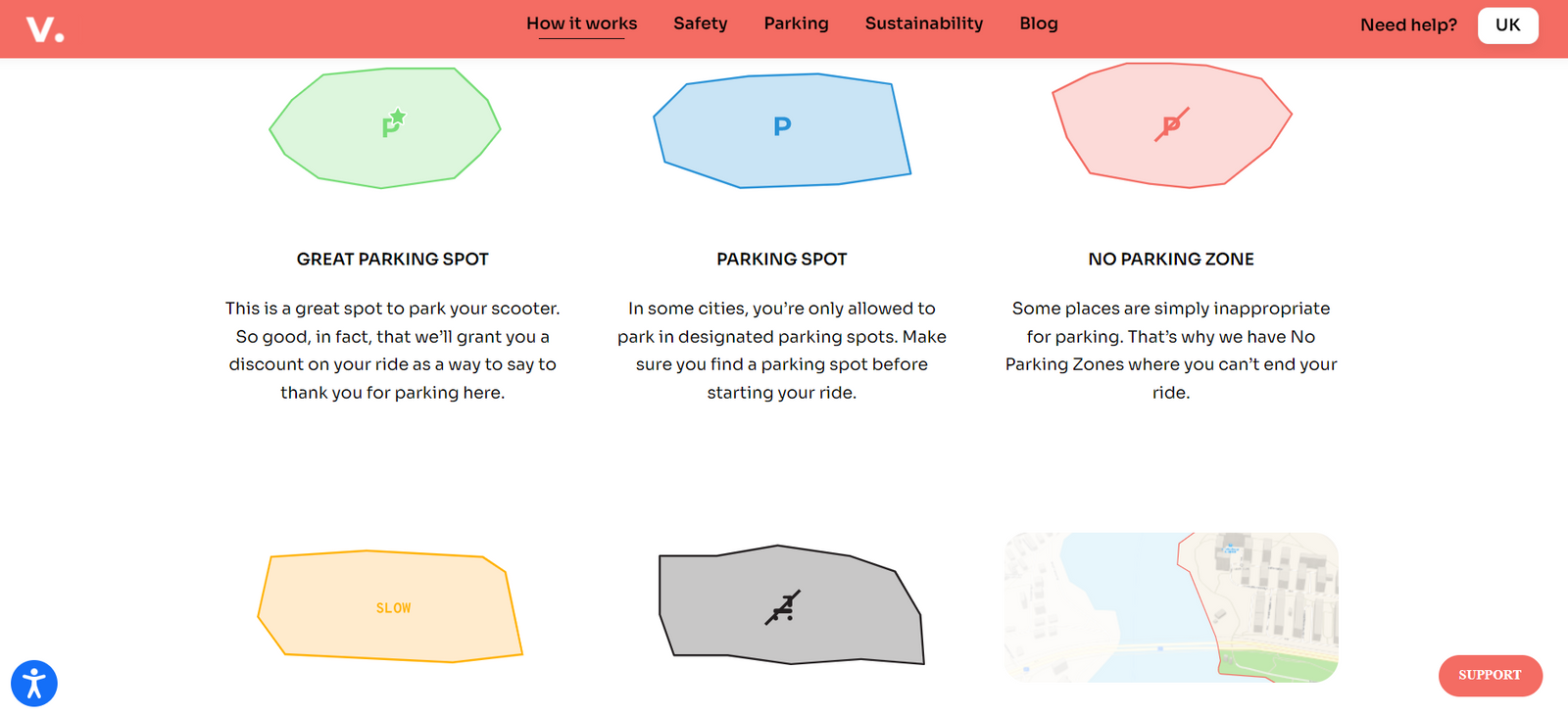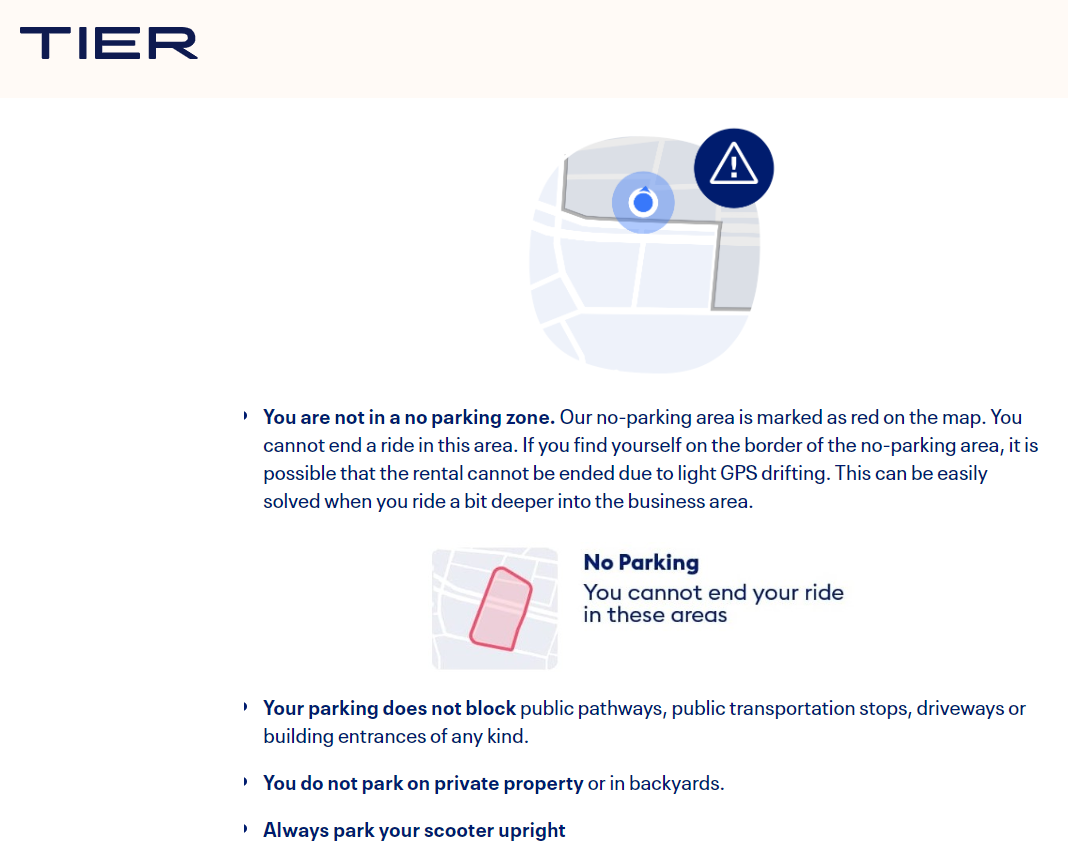New Transportation in Sweden- E-Scooter TIER, LIME, and so on...
2022-05-23
First of all, I was hesitating to name the title of this post like this, because, in reality, this personal blog has been around for four or five years, not exactly new. But when I think about the three years we lost due to the pandemic starting from 2020, and then subtract the time for the warm-up period of the new venture, which is about two years, E-scooters seems relatively new, at least for me.
When I first arrived in Sweden, I was excited to see something entirely novel. However, in recent years, my sense of excitement upon arriving in a new country has diminished. The big cities are continuously homogenizing and seeking similarities. H&M, Zara, LV, Gucci… can be found everywhere, along with numerous international brands and similar urban and landscape designs. Honestly, it’s hard to have a breakthrough impression of a big city anymore.
On my way to Stockholm city center, Philip told me that people here pursue a similar fashion style, in the other words, people tend to dress like others.
However, when we talk about the”similarity” or “sycronization” in the context of people’s dressing style in a city, “The Stockholm’s fasion” is still quite different from the one in Seoul Korea. In which, there’s a constant fear of being left behind and becoming an outsider and the obvios eagerness of following the current trends is floating everywhere in the air. Instead, there’s a unique Nordic lifestyle here, characterized by a simple and elegant aesthetic passed down through families and society. There’s probablay much more to talk about later.
When our Uber was approaching the city center, apart from the streets being quite empty, what really caught my eye was the electric scooters (E-Scooters), which have unexpectedly become the favorite mode of transportation for the public. They are much more visible than bicycles around downtown.
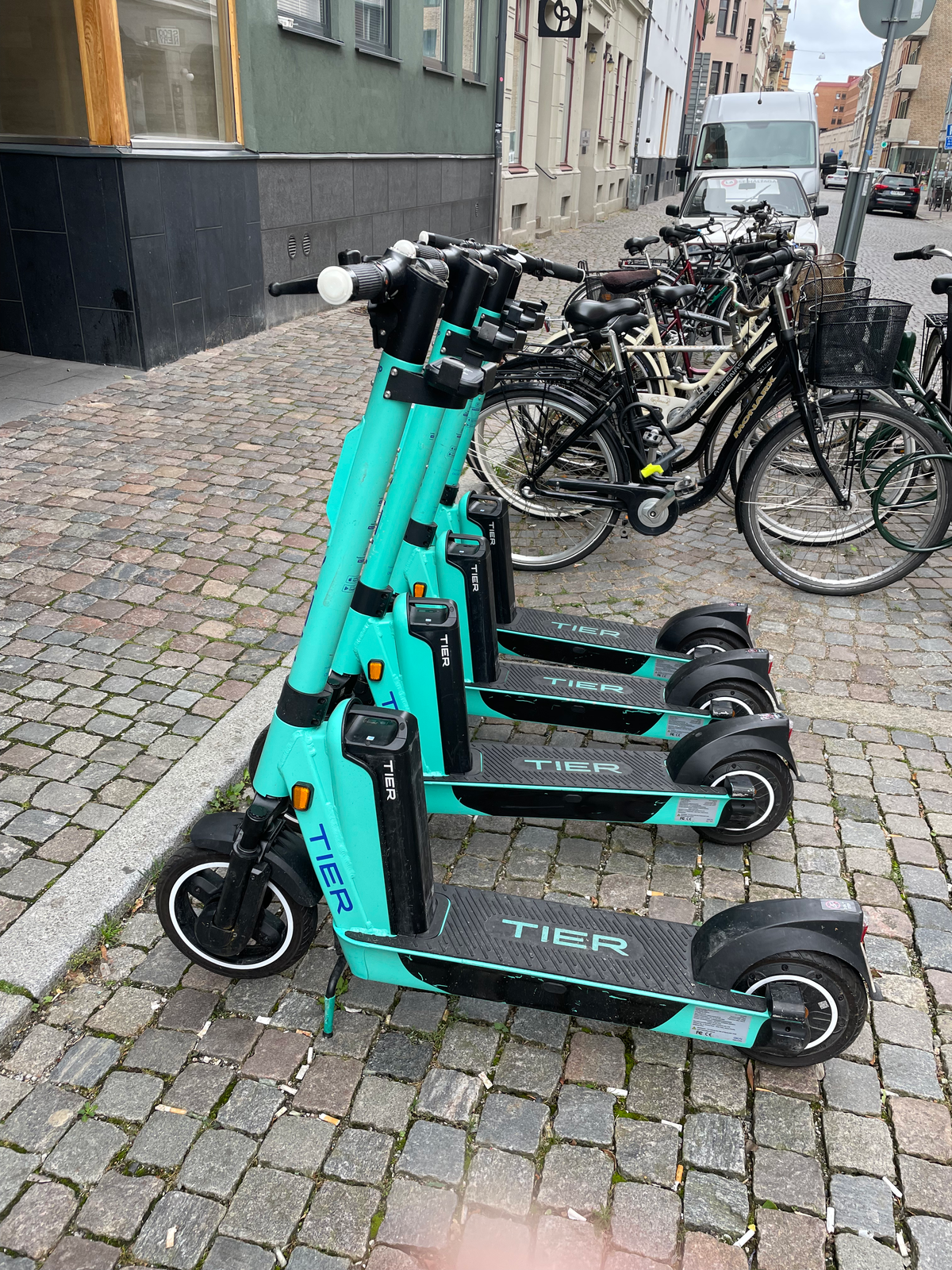
Almost every street corner had a few electric scooters lined up, and some were even standing alone on the sidewalks. In certain parks or triangular areas with cobblestones, there were clusters of electric scooters occupying the entire space. (Later, I found out that electric scooter rental apps usually have a designated “zone” for returning the scooters, so everyone parks within that specific area.)
E-scooters parking on pedestrian path

The Market for Electric Scooters (E-Scooters)
Taiwan once introduced the dockless shared bike system with Obike, which caused the “Obike Riot” in 2017, leaving me with a not-so-favorable impression of the dockless sharing business model. This perception persisted even after the rise of shared mopeds like Wemo and Go Share. Around 2018, a California-based electric scooter brand called Lime entered South Korea, and shortly after, a Singaporean company named Beam also gained some attention. However, due to the road conditions and regulations in Seoul, I did not observe widespread usage of electric scooters at that time; only a few commuters would use them for short distances within the same area.
According to the news - Seoul Finance- “Shared Electric Vehicles” Lime Officially Approved to Operate on Bike Lanes On December 10, 2020, South Korea officially approved the operation of shared electric vehicles on bike lanes.
According to Yonhap News-Shared Electric Scooters Quietly Exiting…What’s the Reason?, there has been a trend of shared electric scooters gradually exiting the South Korean market around 2021. The main reason is due to the change in the Road Traffic Act in May 2021, which stipulates that “individual mobile devices such as electric scooters cannot be driven without a driver’s license” and “safety helmets must be worn while driving.” This restricted the users who could rent shared electric scooters, and the convenience of usage was reduced compared to before. As a result, the usage of various electric scooters decreased significantly, by about 40 to 50 percent. Additionally, in July of the same year, Seoul implemented an administrative measure of “immediate towing for illegal parking,” which incurred towing and storage fees for operators, causing the phenomenon of their exit.
During my time in New York last year, I also saw a significant number of electric scooters in areas like Williamsburg and Dumbo in Brooklyn. These areas, prone to traffic congestion, clearly found electric scooters to be very convenient. Many UberEats delivery riders also used electric scooters, but most people owned their own rather than relying on shared services like Lime (as of 2021).
In Taiwan, however, the use of electric scooters is restricted by traffic regulations, prohibiting their use on roads, sidewalks, and pedestrian walkways. As a result, there have only been discussions about pilot programs within certain campuses. Reference: Digitimes - Electric Scooters Lime and Beam to Enter NTU by the End of the Year, Available for Non-Students as Well
Shared E-Scooters in Sweden
In Sweden, I primarily saw several shared electric scooter companies on the streets, each adorned with vibrant colors that looked adorable. At first, I felt they didn’t quite blend with the cityscape, but I quickly got used to it. You can spot electric scooters in various places, especially in areas away from bus stops. Some of the commonly seen companies include:
● “The Pinky” from Stockholm - Voi
● “The Blue” from Berlin - TIER
● “The Green” from Estonia - Bolt
● “The Lime” from California - Lime
Voi
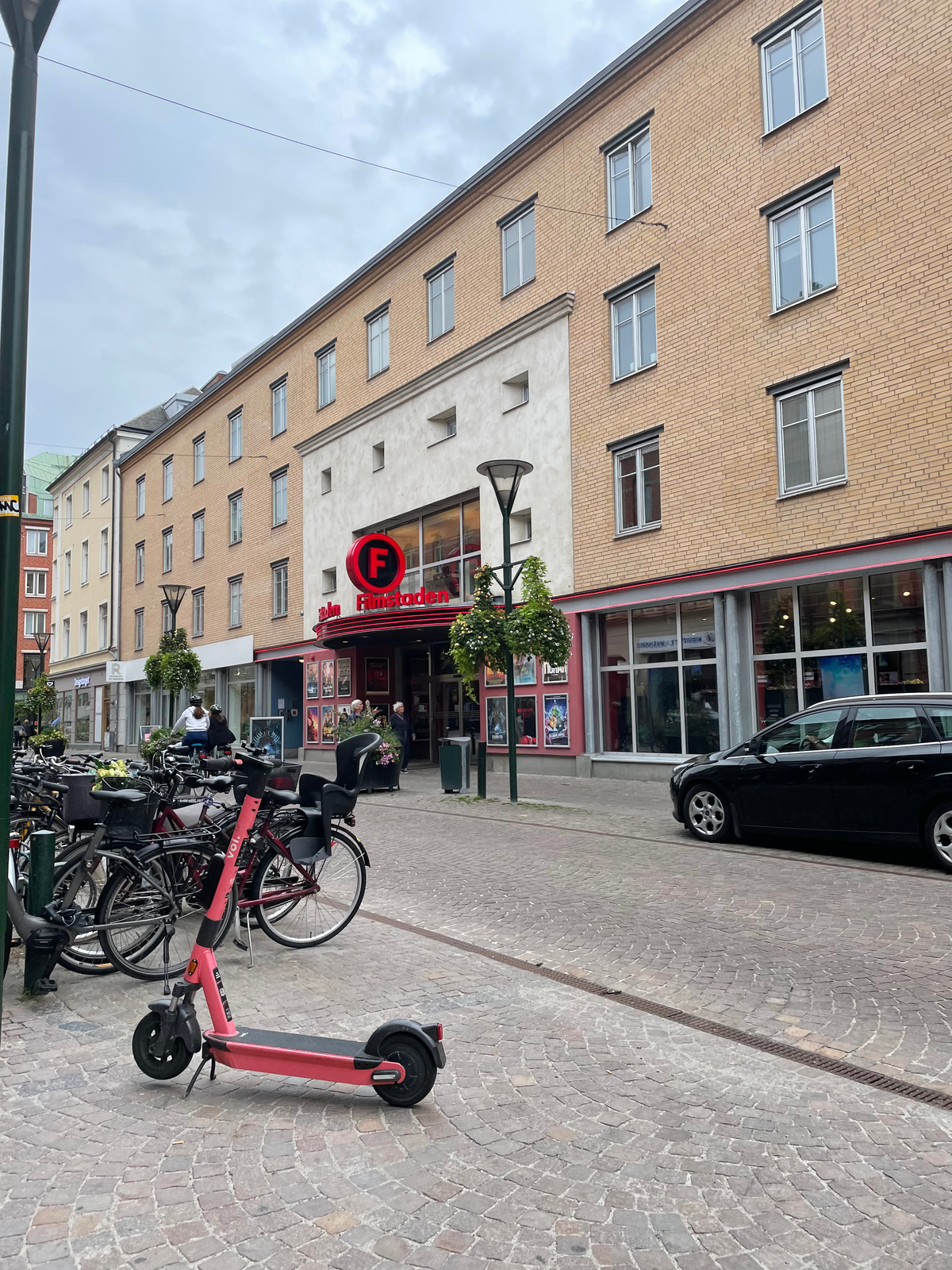
Voi & Lime

Bolt、TIER、Lime
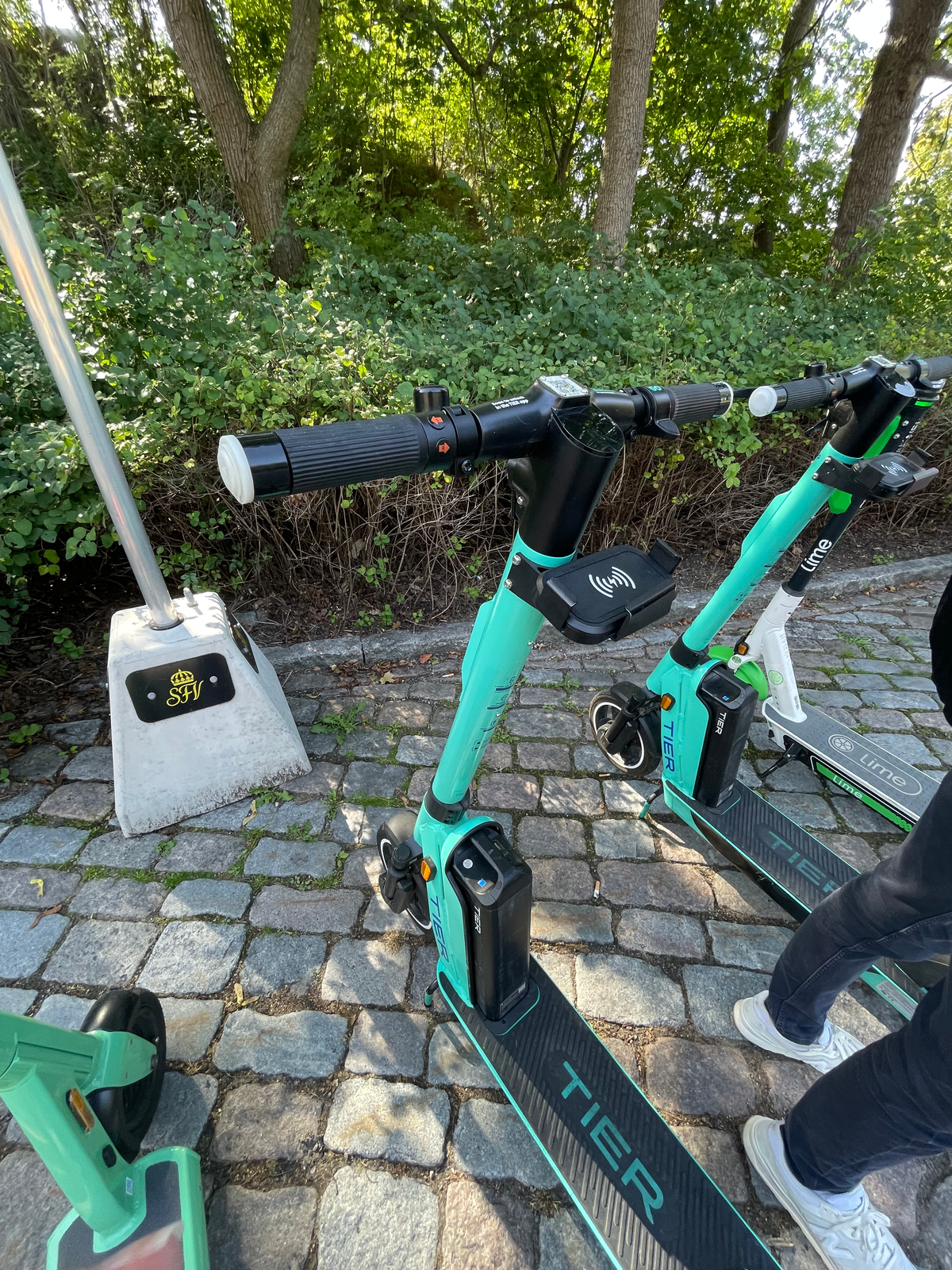
How is it like riding shared electric scooters?
All these shared electric scooters are operated through mobile apps, where you can scan the QR code on the scooter or use Bluetooth to locate nearby available scooters. Once paired, you can activate the scooter and use it right away. After the ride, payment can be made through the app using mobile payment or credit card, making it very convenient.
Upon the recommendation of friends and family, we tried using both Bolt and TIER scooters. It’s said that Bolt is cheaper, but as they say, you get what you pay for. The experience using both apps was similar, but TIER had smoother starting and braking.
Even though they are electric, almost all electric scooters require a few kicks upon the start of a ride, just like riding traditional kick scooters (mud scooters). Then you’ll have to press the acceleration button to start. The initial acceleration can be a bit intimidating, and it takes some time to get used to it. The first time I tried riding one, it was on a brick road, and it felt like standing on a vibrating seat, making a loud noise with every kick. Being self-conscious, I really wanted to quickly escape from the brick roads.
It’s common to see brick roads in Sweden

Are Electric Scooters Safe?
As for safety, it is extremely rare to see Swedes wearing helmets while riding electric scooters. Although these shared mobilities brands all emphasize the importance of helmets and some even provide them, it doesn’t seem to be the mainstream practice. Most of people do not carry helmets with them normally. So I would like to say, safety on E-scooter largely relies on individuals.
One advantage of riding these electric scooters in Sweden is that there are relatively fewer other vehicles on the road (Car, Motorbikes…etc). Even in a big like Stockholm, there are not many overly crowded traffic jam, and the traffic and city design are relatively straightforward. Drivers are accustomed to yielding to pedestrians and bicycles, so riding in quieter residential areas is less stressful than in other big cities in Europe (Paris, for example). In some places, you can even ride an E-scooter along the bicycle lanes.
From my perspective, I find that the optimal riding distance is around 3-5 kilometers. Anything more becomes quite tiring since you are standing the whole time, and there is a need for constant attention due to the inherent risk involved, which can be more mentally draining than riding a bicycle.
TIER provide helmets for E-scooter riders:
(I haven’t seen one, though)
How’s the price of using the E-scooter?
As for the pricing, I have to mention that since this is Northern Europe, everything could be a bit expensive compared to Asia. I checked my bill, and for a six-minute ride, it cost 35 Swedish Kronor, which is roughly over 100 New Taiwan Dollars (3. EUR). The distance covered was a little over two kilometers. Comparing this to the taxi fare in Taipei, which is 70 New Taiwan Dollars (2.3 EUR) for the first 1.25 kilometers, the cost of traveling a little over two kilometers on an electric scooter is equivalent to the price of a taxi ride in Taipei.
However, when you consider the starting fee of 40 SEK (approx. 4 EUR) and a minimum fee of 69 SEK (approx. 7 EUR) for Swedish taxis and Uber fee, the price of E-scooters is quite affordable. Especially in Sweden, where there aren’t as many taxis running on the streets, and even ordering an Uber might require some waiting time, electric scooters become very convenient. Some platforms also offer subscription plans, making them even more cost-effective.
From a practical perspective, the popularity of shared E-scooters in Sweden may be related to the country’s car usage habits. There are very strict parking regulations here, and many residential areas have rules prohibiting parking or have designated parking zones with high fees. Before owning a car in Sweden, one must be certain of having a parking space; otherwise, finding parking after work-hour can be a nightmare. Many households have only one car, or some even decide not to buy a car at all. In such situations, the emergence of E-scooters naturally fills the need for short-distance travel to transportation hubs.
2020-2021 E-mobility fee comparison
| - | VOL | TIER | BOLT | LIME |
|---|---|---|---|---|
| Unlock Fee | SEK$10 (0.8 EUR) | SEK$10 (0.8 EUR) | Free | SEK$10 (0.8 EUR) |
| Fee Per Minutes | SEK$1-3 (Floating Rate) | SEK$2.25 (Floating Rate) | First 10min=SEK$3, After 10min= SEK$2 per minutes | SEK$3 |
Reference:Expressen2022 July、KreditKoll-Electric scooter - costs and how to make money on it
How to Park Electric Scooters
Although E-scooters are very easy to use, like everything else, they have their pros and cons. The majority of electric scooter users are young adults in their twenties and thirties. In certain densely populated areas, the density of electric scooters can be quite high, giving a rather overwhelming feeling (seemingly more than pigeons!). In places with strong winds, you may often see a bunch of electric scooters toppled over, which can affect the city’s appearance. This issue is frequently raised not only in Sweden but also in many cities outside Sweden. However, to maximize the benefits of shared transportation, it is difficult to impose large-scale restrictions on parking areas for these dockless vehicles.
What we can observe is that platforms try to solve this problem through technological means. They use app restrictions to prevent users from parking in inappropriate locations. Once, when I tried to park my scooter next to another one on the roadside, I was just a few meters away from the designated parking area, and I couldn’t return the scooter due to this restriction. This method seems to work quite well.
Voi’s parking guide
TIER’s parking guide
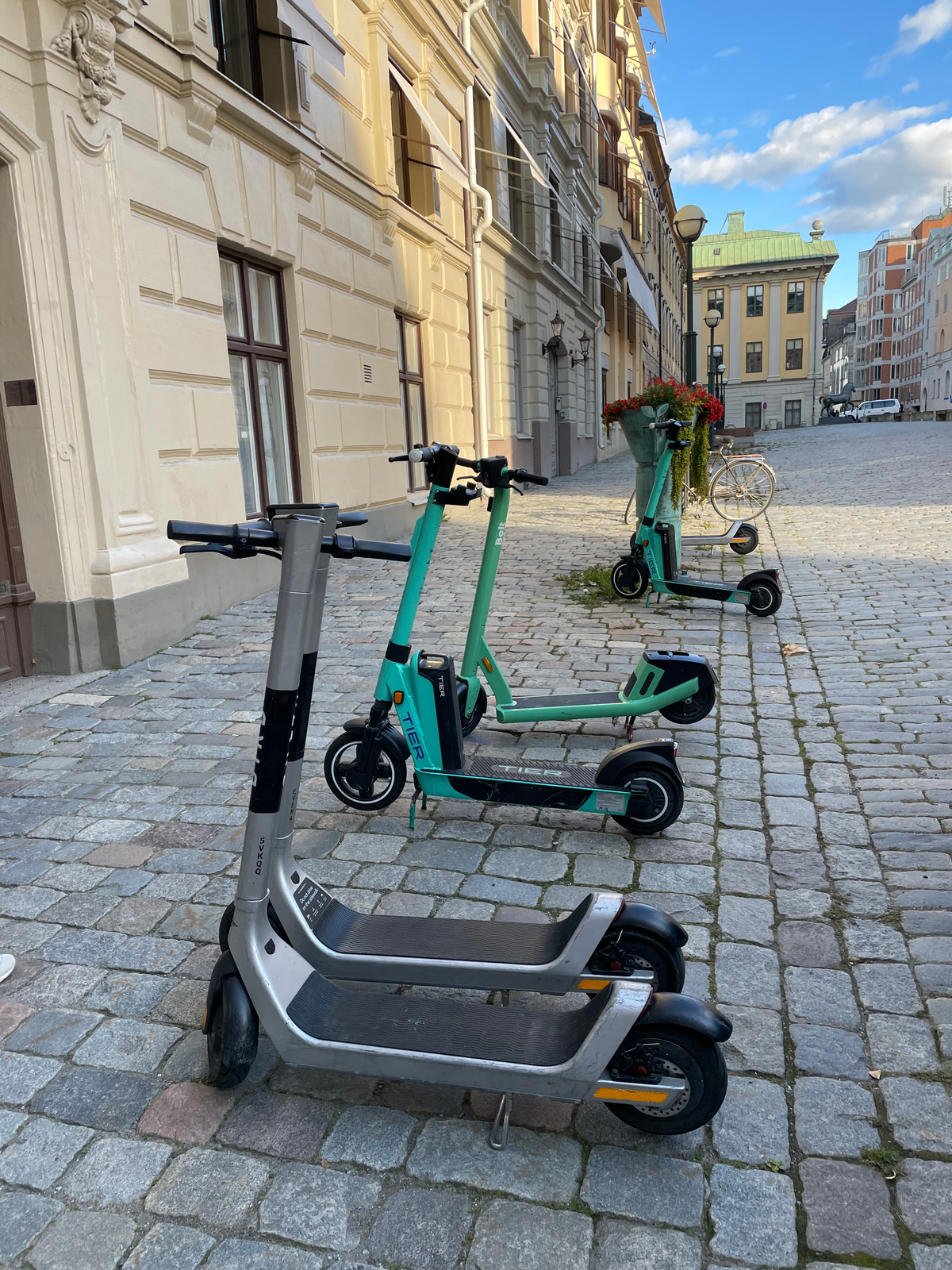
I don’t know how the trend of electric scooters will evolve the next time I visit, but based on current observations, it seems that electric scooters will continue to be popular in Sweden for quite some time.

